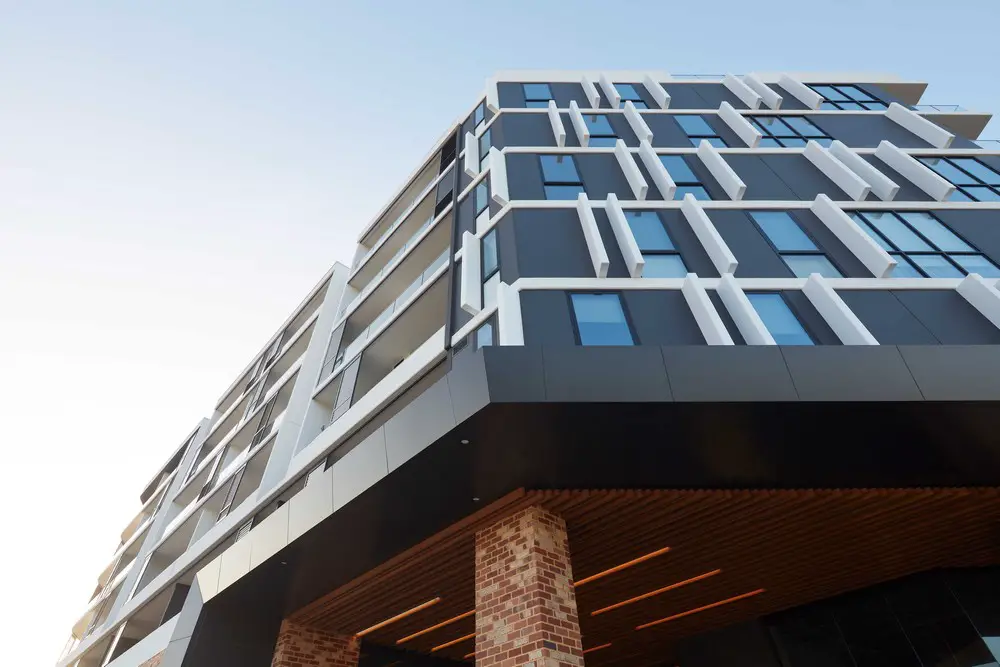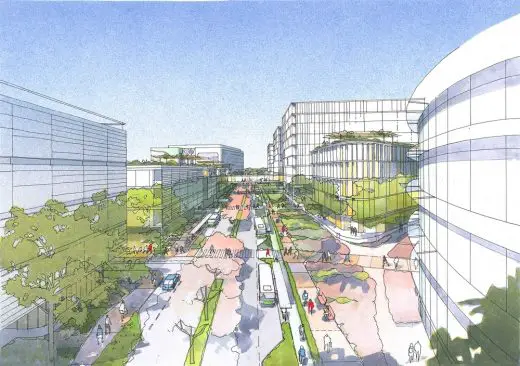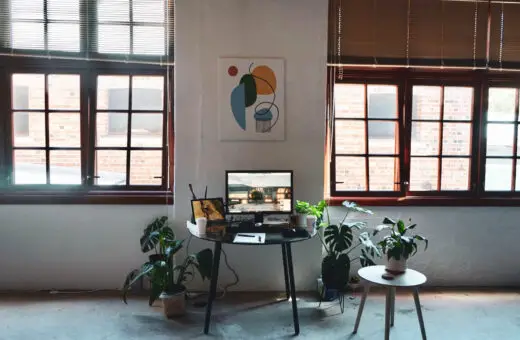Build to Rent COVID-19 guide, Coronavirus buildings advice, Pandemic construction tips
COVID-19 Impact on Build to Rent
2 Oct 2020
While the coronavirus pandemic has taken a lot away from us all in the last nine months, it may provide the push that’s needed to turn Build to Rent into an Australian residential mainstay.
COVID19 and Safe Office Design
In the US, it’s a trillion-dollar industry, covering more than a quarter of the nation’s investment in real estate. In the UK, it accounts for around £70 billion of developments. Yet in Australia, it has barely managed to establish a foothold. Now, thanks in part to the fall-out from the COVID-19 pandemic, Build to Rent may be an idea whose time has come.
Essence Apartment Building in Perth, Western Australia:
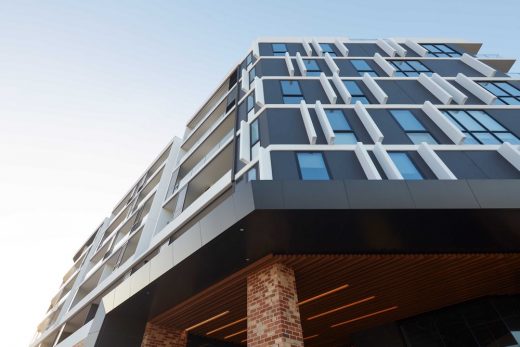
Under the traditional build-to-sell ethos, a large residential development gets sold off piecemeal – a unit here, a unit there. Build to Rent, on the other hand, keeps the ownership of the entire project with the developer or investors, who then rent out the units while retaining title. This provides a host of benefits for investors, developers, and tenants alike, including centralisation of building management, improved facilities and longer-term secure financial returns.
All of which would seem to make the strategy something of a no-brainer, especially given the developing residential conditions from the last few years. The number of rental households in Australia has risen by half a million in the last decade, mirroring a drop in home ownership of around 30 per cent in the last twenty years. With housing affordability a constant problem and falling housing stock limiting the options for those who are looking to set up a home, Build to Rent addresses both issues, by increasing available housing options and at a more manageable cost for those unable to buy outright.
Unfortunately, while the philosophy has caught on overseas, problems with legislation have stymied it here somewhat. Taxation, for example, is a key blocker, thanks to prohibitive elements of land tax, withholding tax, and GST.
It’s likely, of course, that these obstacles will be removed eventually; indeed, the first Australian Build to Rent projects are underway or have already been completed. But perhaps change will come sooner rather than later now, thanks to COVID-19. While the coronavirus outbreak has pressed pause on so many things in life, an argument can be made that it can accelerate the take-up of Build to Rent nationally.
According to a recent survey by the Australian Institute of Architects, the pandemic has inflicted a significant beating on the national construction sector. Almost two-thirds of businesses with links to the industry have seen projects either stalled or cancelled, and more than a quarter of them have been forced to lay off staff. Given that construction and its associated industries employ around one Australian in every ten, the AIA report strongly recommends government intervention to stimulate increased activity.
Smoothing the way for Build to Rent might be a way to make that happen. On the economic side, it’s a proven way to attract investment – in the US, multifamily developments (as they are known) have higher average returns than any other real estate asset class. Developments also tend to favour long leases of three years or more (compared to the average rental period of less than two years for traditional rentals). This generates long-term and consistent returns on the property, remaining stable over decades and less prone to risks in economic fluctuations. All of this appeals to developers and investors, and could feasibly result in the residential sector receiving healthy financial support just when coronavirus has unsettled it.
Traditional build-to-sell developments can also be dependent on prospective owners buying off the plan, the pre-selling of units accumulating the investment needed to kickstart construction. That’s less of an issue with Build to Rent, however, where the money is supplied by a smaller pool of owner/developers. This could, potentially, slash the interval between announcing the plan and breaking ground. Faster developments would, ideally, open the way for more developments in a shorter time frame. More projects means more jobs means more growth – exactly the kind of stimulus for the sector the AIA recommends.
COVID-19 could drive Build to Rent in other ways, too. With the pandemic sending the nation into recession, and the majority of Australians experiencing widespread financial uncertainty, affordable housing options become more crucial than ever. Not only does Build to Rent have the potential to alleviate the lack of housing stock, it can also provide this new housing at a reasonable price tag just when people are all too aware of tightening budgets.
But aside from the practical and economic benefits, there is a further reason why Build to Rent should be considered as a viable post-pandemic option. The practice provides the means to revitalise and rejuvenate communities by opening up residential options for those who would normally be priced out of a neighbourhood. And with long-term leases in aspirational suburbs attracting residents who may not be able to buy there, whole new community dynamics are created. Suddenly it may be possible to live closer to your place of work, for example. Indeed, in the UK, Build to Rent has been promoted specifically to key workers – those employees whom COVID-19 has since revealed to be essential to the day-to-day running of society. Suddenly it’s possible for these workers to avoid long commutes while simultaneously experiencing improved amenities and promoting a more diverse social mix.
While building to sell does exactly what you would expect, creating a physical space to be bought, Build to Rent doesn’t offer a home so much as a lifestyle choice. An emphasis on shared space and communal amenities such as gyms, pools and mixed-use precincts goes beyond what straightforward ownership can offer. Place all this in a more desirable suburb than a tenant could reasonably afford to buy in, and suddenly there is a thriving hub of residents feeling good about where they are living and less stressed about what they have to pay to do it. An active, vibrant community has been created.
With pandemic culture taking such a toll on Australians mentally as well as physically, projects that can improve our headspace as well as our living space surely have value. And assuming the government can come to the party, bringing the tax concessions and lower land costs that are otherwise hampering Build To Rent taking off in this country, the philosophy has the potential to make a noticeable difference in how we bounce back from the trials of the last year – both the construction sector and the wider community alike.
How Build to Rent can capitalise on COVID-19 images / information received 021020
Previously on e-architect:
COVID-19 Crisis Impact on Buildings
How COVID-19 changes the way we work
Forrest Chase Perth Shopping Centre by Hames Sharley Architecture, Urban & Interior Design:
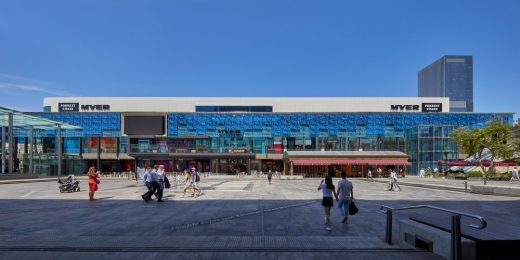
photograph : Douglas Mark Black
Rethinking design: Going viral – how the coronavirus will affect urban design
How COVID-19 changes urban design
COVID19 Impact on guest journey
How COVID-19 changes the way we work
Hames Sharley employees during a Zoom meeting:
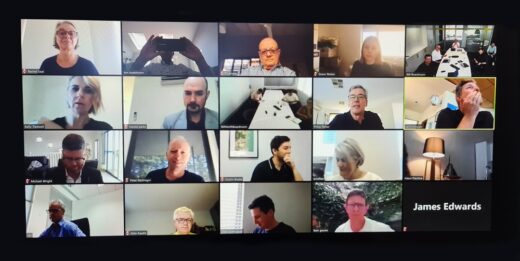
Database for Quarantined Architects
Coronavirus Impact
The impact of coronavirus on the property market
Coronavirus on the property market
Global equity markets have been hit hard by the coronavirus, which has been the catalyst for the biggest market sell off since the 2008 crash.
Coronavirus (COVID-19): UK government response.
Comments / photos for the How Build to Rent can capitalise on COVID-19 – Coronavirus Impact on building profession page welcome

